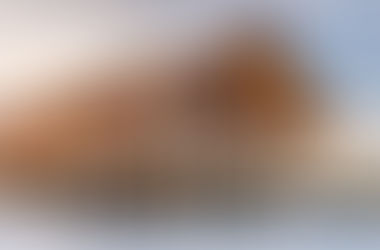The Evolution of Landscaping Materials in Alaska
- Todd Christianson
- Sep 9, 2022
- 3 min read
By Todd Christianson

This year, I celebrated my 40th year in the lawn and landscaping business in Anchorage. I started at 18 years old, following graduation, working with a high school friend. We power-raked and mowed yards with my mom ‘s Mercury Montego station wagon. We pulled a one axle 4x6 trailer that was far from new. As I reflect on how landscaping has changed over the past 40 years, the materials and equipment evolution has been dramatic.

In 1982, black plastic edging with the 2-inch circular bead on top was the landscaper’s go-to. This evolved into straight vinyl edging that was only sold by quality suppliers. Big Box stores also sold this material, but the quality was not the same and it was almost impossible to straighten even for professionals since it was wound tightly in a box.

At Titan, our project managers and estimators are always looking for materials and equipment that is not only aesthetically pleasing but practical, and with a longer life span. We have upgraded from edging installations to aluminum edging. We use black instead of gray aluminum which looks better. Aluminum edging is fastened by interconnected clips for speed keeping them connected and in place. It doesn’t heave, disintegrate or need to be replaced under normal wear.

LANDSCAPE FABRIC sells in several different types. Knowing the correct type will make a difference in the life span and the best outcome for your landscaping beds. Some stores sell a felt type which is too thin in mil strength to last over time as weeds start to permeate through the fabric and infiltrate your garden beds.

Titan’s installers use a polyurethane professional-grade fabric which allows water and fertilizer to go through but minimizes the weeds. We properly install weed mat with clips, overlaps and butting up against the edges to increase the success rate. Typar should never be used as a substitute for weed mat if plants are involved since Typar does not permeate enough.
As a topsoil manufacturer, I know that not all topsoil is created equal. The key to good topsoil is a soil PH from a proper mixture of sand, organics and loam. Topsoil is created by manufacturing through the process of screening – it is not pulled directly from the earth. The new screeners filter out the large sticks and rocks. The suppliers of the raw materials are another important aspect of topsoil. The organics come from very large excavation projects that won’t work in the construction of roads or foundations of large buildings but are ideal once blended with the proper ingredients to make topsoil.

Some contractors will pay topsoil manufactures to take the excavated materials which could be inferior in quality. Taking these types of materials lead to issues like weeds, grass not germinating or new lawns having a yellow tint within a few years. Visit suppliers first to see how the topsoil is made and what the final manufactured product looks like. Even a novice will be able to tell the difference.
Do your homework and ask important questions when deciding on how to do your landscaping project. If you’re looking to hire a professional, always compare price differences because if the price is too good to be true – there is most likely a reason. The quote, “a cheap price is forgotten when the end result is bad,” stands true in the landscape/hardscape industry.












































Comments